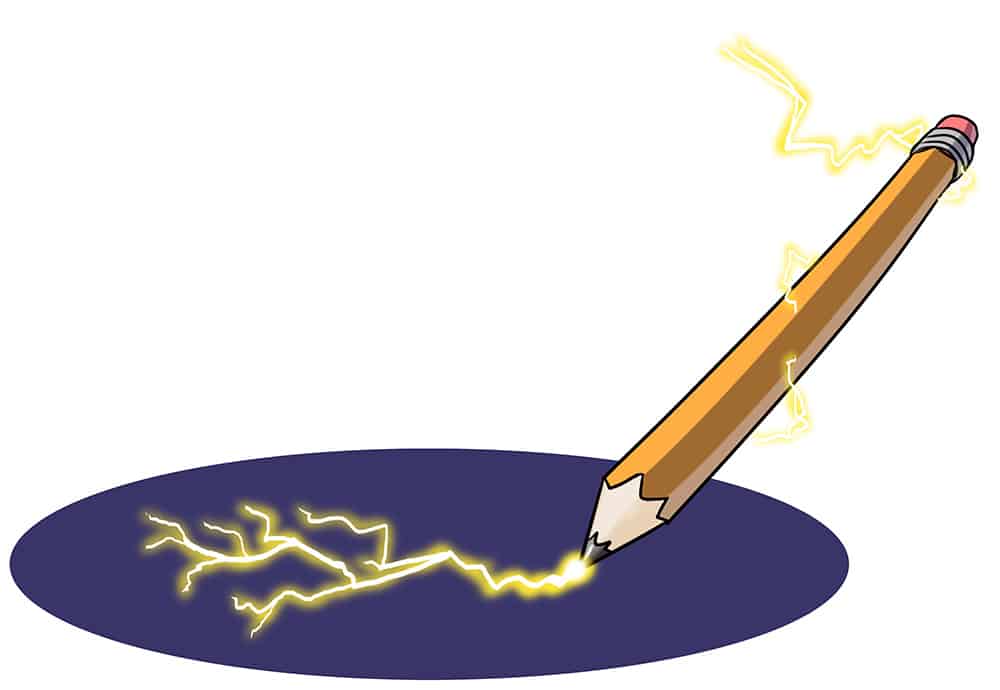We all use graphite in our everyday lives, be it in the form of our pencil cores or in batteries where it serves as an electrode. But what’s not so well known about graphite is the nano-material of which it is composed — graphene.
Graphene is made up of carbon atoms arranged in a honeycomb-like structure, which, when stacked on each other, form the amorphous graphite that we are used to seeing.
Though we have been aware of graphene’s existence for about two centuries, it wasn’t until scientists Andre Geim and Kostya Novoselov managed to extract graphene layers with the thickness of a single atom in 2004 that we began to notice there was something strange going on.
They did this using the so-called ‘scotch tape method,’ which, predictably, involves putting a piece of graphite on scotch tape and repeatedly peeling off layers. They initially did this to purify the graphite sample to determine if it was eligible as a transistor, a switch that serves as the basis for logic gates and hence computation itself.
But when they transferred the graphene onto a silicon substrate and passed a current through it, the material entered a quantum state where the electrons passing through started to behave as though they had no mass.
Subsequent tests showed that it was also stronger than steel and harder than diamond, another form of carbon. Due to the quantum effects it displayed, researchers guessed that it could act as a superconductor, in which current can flow without resistance.
In 2016, Japanese researchers discovered a way to invoke this state by inserting calcium atoms into the graphene lattice. Despite its promise, researchers were unsure as to whether this effect was due to properties of graphene itself, as metals tend to interact with it very strongly.
Last month, however, researchers from Cambridge University coupled graphene with a metal compound whose superconducting abilities are understood well enough so as to be distinguishable from that of graphene. Intriguingly, the form of superconductivity that graphene seemed to display was one that had rarely been seen and is in fact still unconfirmed empirically, namely P-wave superconductivity.
P-wave superconductivity was observed previously in strontium ruthenate, but the crystalline structure of this matter proved to be too bulky to provide a good specimen. Graphene is essentially a two-dimensional structure and could provide a much better example of this behaviour.
Furthermore, given that we are already able to place graphene on a silicon substrate, we could use its superconducting activity for a more efficient variety of superconducting devices. If this is true, it could provide a whole new dimension to our understanding of electromagnetism, in addition to being a significant milestone in the field of chemistry.
Research in this area has provided very promising results in the past few years. Scientists have begun to ask whether similar properties could be observed in other elements that form chains with themselves, a property called catenation. To this end, researchers ran a computer simulation this month on boron, which has three outer shell electrons and can undergo catenation.
They discovered that when boron atoms are strung into a one-dimensional chain and stretched, they can become semiconductors which, when released, fold back into place. Though this is just a simulation, it is not so far away from the realms of possibility to be dismissed as conjecture.


